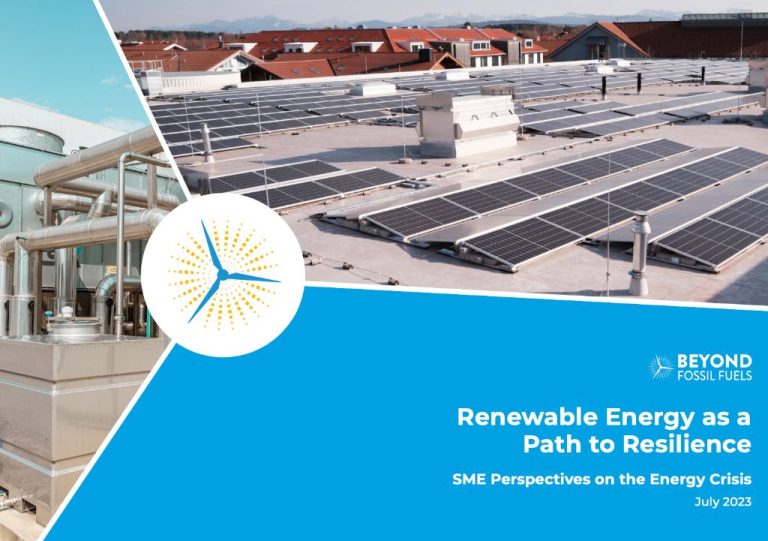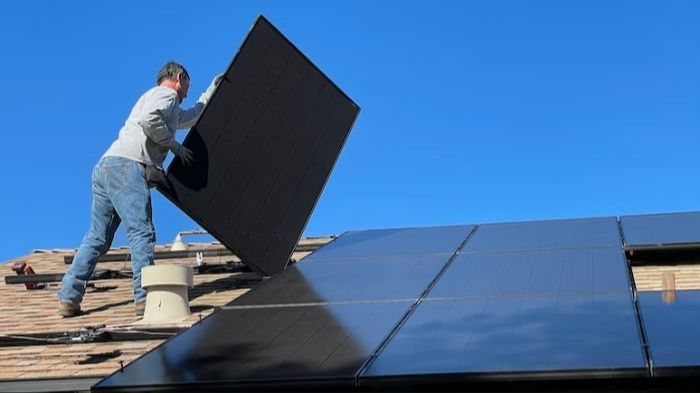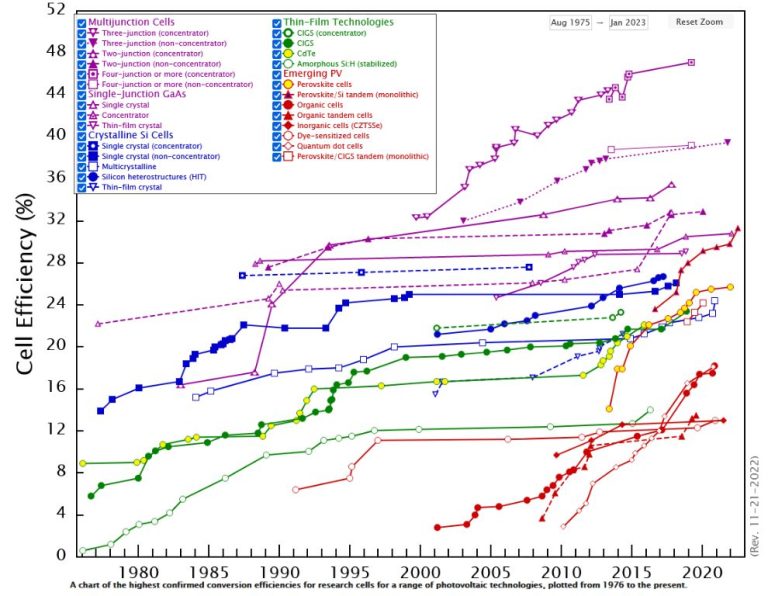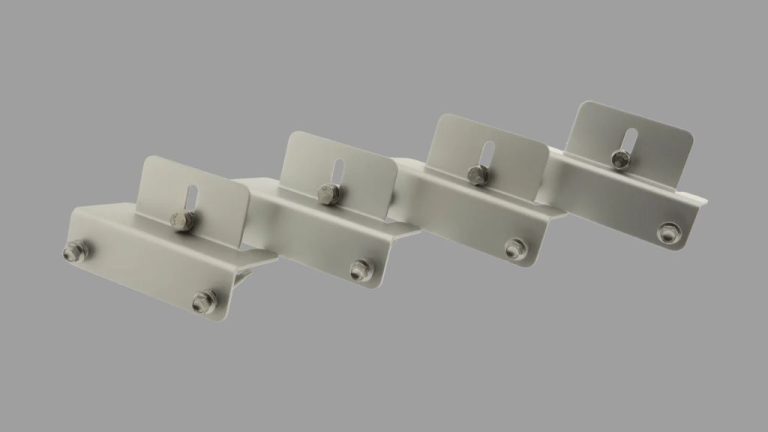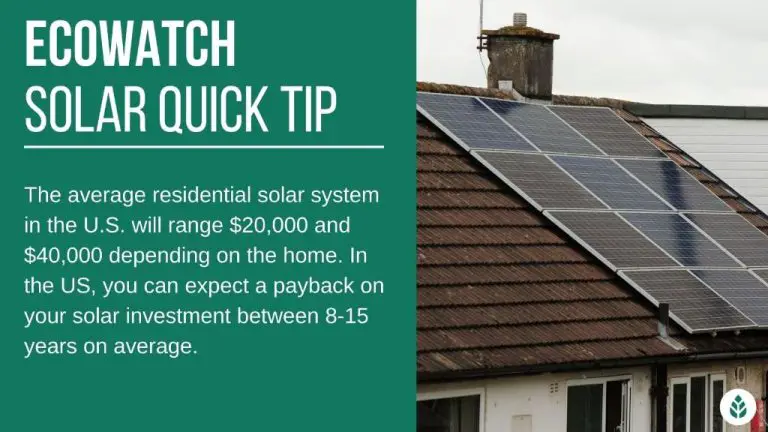How Is Solar Energy Collected And Stored?
Solar energy is radiant light and heat from the sun that is captured and converted into useful forms of energy such as electricity or heat. The history of solar energy dates back to the 7th century B.C. when it was used to light fires. Today, solar power provides clean, renewable energy without toxic emissions or pollution.
The development and utilization of solar technologies has expanded tremendously in recent years. Solar energy offers a number of benefits:
- Clean, renewable source of energy
- Reduces reliance on fossil fuels
- Lowers energy bills through electricity generation
- Tax rebates and incentives available in many regions
- Doesn’t generate greenhouse gas emissions
- Abundant and inexhaustible resource
With solar panel installations rising worldwide, solar power has emerged as an important piece of the global shift toward renewable energy to combat climate change and build a sustainable future.
How solar panels work
Solar panels work through the photovoltaic effect, which is the process of generating electricity from sunlight. When photons from sunlight hit the solar cells in a panel, electrons are knocked loose from the atoms in the semiconducting material used to make the cells. The energy from the photons causes the electrons to flow in one direction, creating an electric current. This direct current (DC) electricity generated is then fed through an inverter, which converts it into alternating current (AC) electricity that can be used to power homes and businesses.
Solar panels are made up of many solar cells wired together. The most common solar cells are made from silicon in the forms of monocrystalline silicon, polycrystalline silicon, or amorphous silicon. The silicon atoms are doped with other elements to form a p-n junction and create the internal electric field required for the photovoltaic effect. When sunlight hits the solar cell, the photons strike the electrons in the cell, giving them enough energy to break free from their atoms and flow through the p-n junction, creating electricity.
The amount of electricity generated by a solar panel depends on how much light strikes the surface of the panel. Factors like the panel’s orientation, tilt angle, shading, and sunlight intensity all impact the amount of direct irradiation the solar cells receive. More photons mean more electricity generation. Solar panel system designers aim to optimize these factors to maximize solar electricity production.
Types of solar panels
There are three main types of solar panels used today: monocrystalline, polycrystalline, and thin film. Each has its own advantages and disadvantages.
Monocrystalline solar panels are made from a single crystal of silicon. This manufacturing process results in the highest efficiency levels, usually around 15-20%. However, monocrystalline panels are more expensive than other types. They have a distinctive appearance with uniform black color.
Polycrystalline solar panels are made from fragments of silicon crystals. The manufacturing process is simpler and cheaper, but results in slightly lower efficiency levels around 13-16%. Polycrystalline panels have a speckled blue color and square-shaped cells.
Thin film solar panels are made by depositing layers of photovoltaic material onto substrates like glass or plastic. They are easier to manufacture and install, and work well in low-light conditions. However, thin film panels have the lowest efficiency levels around 7-13%. Common thin film materials include cadmium telluride (CdTe) and copper indium gallium selenide (CIGS).
Solar Panel Installation
Installing solar panels involves properly mounting the panels and connecting them to your home’s electrical system. There are two main types of solar panel mounts:
Roof Mounts
Roof mounts involve attaching rails to your roof’s rafters using lag bolts. The solar panels are then attached and secured to these rails. Roof mounts are the most common installation method for residential solar panels. The roof must be in good condition and able to hold the weight of the panels.
Ground Mounts
Ground mount systems use racks that are anchored into the ground to support the solar panels. This type of mounting system is commonly used for larger solar arrays and can be tilted to achieve an optimal orientation. Ground mounts require adequate solar access and land availability.
Once the panels are securely mounted, they need to be wired into your home’s electrical system. This wiring runs from the solar panels on the roof or ground mount into your home’s breaker box. Proper permits are required for connecting to the electrical grid. A bidirectional electricity meter tracks both the energy usage from the utility and any excess energy sent back to the grid.
Factors impacting solar panel efficiency
There are several factors that can affect the efficiency of solar panels and reduce the amount of energy they produce. Some key factors include:
Shading
Even small amounts of shading from trees, chimneys, or other buildings can significantly reduce solar panel output. Shading just 10% of a panel’s surface can decrease energy production by 25% or more. Keeping panels completely free of shading is ideal.
Tilt angle
The tilt angle of solar panels impacts how directly they face the sun. Optimal tilt angle varies by location and season. In general, tilting panels to directly face the sun at midday in summer months provides excellent exposure and maximizes energy production.
Temperature
Solar panels become less efficient as they heat up. Cooler panels can be 10-25% more efficient than hot panels. Ensuring proper airflow and ventilation around solar panels helps keep their temperature down.
Panel age
Solar panels lose some efficiency over time. Panel efficiency generally declines slowly, by 0.5-1% per year. After 25+ years, older solar panels may produce 20-30% less energy. Replacing aging panels can help maintain optimal system performance.
Storing solar energy
Solar energy can be stored so that it can be used at night or on cloudy days. The three main ways of storing solar energy are batteries, pumped hydro storage, and molten salt storage.
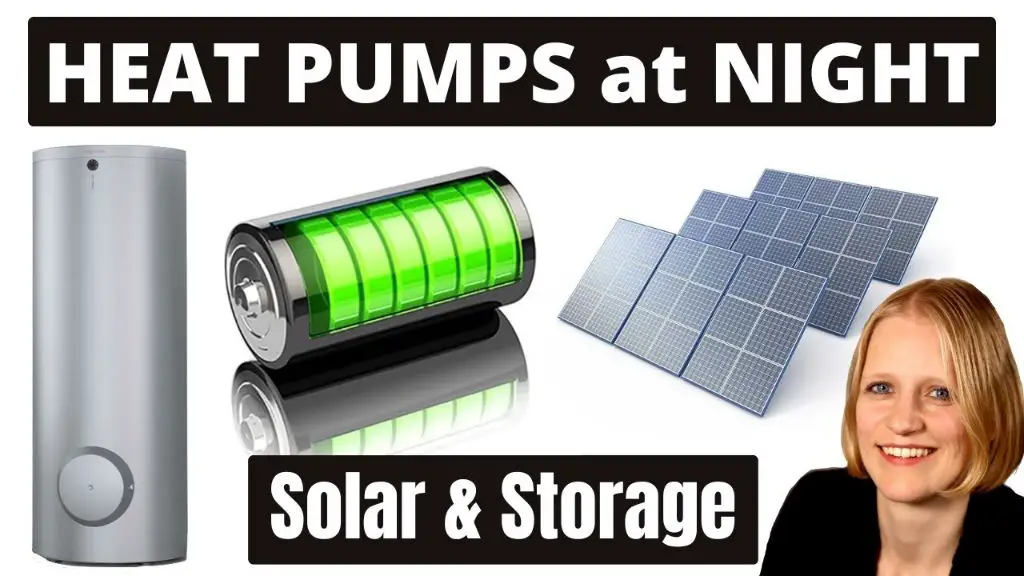
Batteries are the most common way to store solar energy for residential use. Solar panels are connected to a battery bank, which stores the electricity generated during the day for use at other times. Lithium-ion batteries are becoming more popular for home solar battery storage thanks to their high efficiency and life span.
Pumped hydro storage involves pumping water uphill into a reservoir when solar power is abundant. When extra power is needed, the water is released downhill to spin a turbine and generate electricity. This is mainly used for large-scale energy storage connected to the grid.
Molten salt storage operates by heating up salt using excess solar thermal energy during the day. The molten salt retains the heat, so it can be used to generate steam to drive a turbine when electricity demand is high. This is another grid-scale storage method.
Solar incentives and costs
There are various tax credits, rebates, and other financial incentives available to help reduce the upfront costs of going solar. The federal solar tax credit allows homeowners to deduct 26% of solar installation costs from their federal taxes. Many local and state governments also offer additional rebates and incentives that can make solar even more affordable.
Loans specifically designed for solar panel installation can help homeowners finance a solar energy system over time. These solar loans often have lower interest rates and more flexible terms than alternatives. Paying for solar panels through a loan rather than upfront can allow homeowners to start benefiting from lower energy bills immediately while paying off the system over time.
While solar panels involve a significant upfront investment, most solar systems can pay for themselves within 5-10 years through electricity savings. After this payback period, the additional 20-25 years of life of the solar panels provides free renewable energy. For most homes, going solar today can be a smart investment into decades of free power.
Environmental impact
Solar energy can have significant positive effects on the environment by reducing carbon emissions from electricity generation. The operation of solar panels produces no greenhouse gases or air pollution. According to the Solar Energy Industries Association, solar energy reduced carbon dioxide emissions by an estimated 53 million metric tons in the United States in 2019 alone.
However, solar energy does have some environmental challenges related to land use. Utility-scale solar farms require large areas of land, which can displace wildlife habitat and agricultural land. Rooftop solar on homes avoids this issue but urban areas have limits on available roof space. The manufacturing of solar panels also relies on raw materials like silicon and copper that require mining and refining.
Overall, most experts agree the environmental benefits of solar energy far outweigh the costs. As solar technology continues improving, it will play a major role in reducing greenhouse gas emissions and slowing climate change.
Future of solar energy
The future looks bright for solar power. There are ongoing efforts to improve solar panel efficiency through new materials and technologies. Researchers are exploring the use of perovskites, organic compounds that can be printed onto surfaces like ink, to boost solar cell efficiency above 30%. Thin film solar panels made from cadmium telluride are also increasing in efficiency while reducing manufacturing costs.
Solar companies are developing new solar panel designs like solar shingles that seamlessly integrate into rooftops. Advancements in solar tracking systems allow panels to follow the sun’s movement and capture more sunlight. New solar storage technologies like flow batteries will enable solar power to be stored more cheaply and efficiently.
The solar industry is predicted to grow exponentially in the coming decades. Total global solar capacity is expected to nearly triple over the next five years as costs continue to fall. With increased government incentives and interest in renewable energy, solar power has the potential to generate 20% or more of global electricity by 2027. The future is bright for this clean, renewable power source.
Conclusion
In summary, solar energy is collected primarily through photovoltaic solar panels, which convert sunlight into electricity. There are different types of solar panels available, with monocrystalline and polycrystalline silicon panels being most common. Proper installation of solar panels is key to maximizing their efficiency, and factors like panel tilt, orientation, shading, and weather impacts can affect the amount of energy generated.
Once generated, solar electricity must be used immediately or stored in batteries for later use. Battery technology continues to advance along with solar technology to provide better energy storage solutions. While solar power generation and storage costs have dropped dramatically in recent years, government incentives can help make it more affordable for homeowners and businesses to adopt solar.
Solar energy has tremendous environmental benefits compared to fossil fuel energy sources, producing no air or water pollution. With solar technology rapidly improving and costs declining, solar power has huge potential for continued growth and expansion in the future. Widespread adoption of solar energy will be key to transitioning to a more renewable energy system and mitigating climate change.
In conclusion, solar power is a clean, renewable source of energy that holds great promise for meeting more of our energy needs sustainably. Understanding how it works and the infrastructure required will be important knowledge as we work to expand solar and reduce reliance on polluting energy sources.

